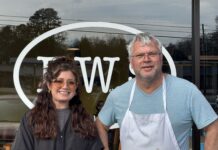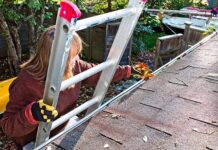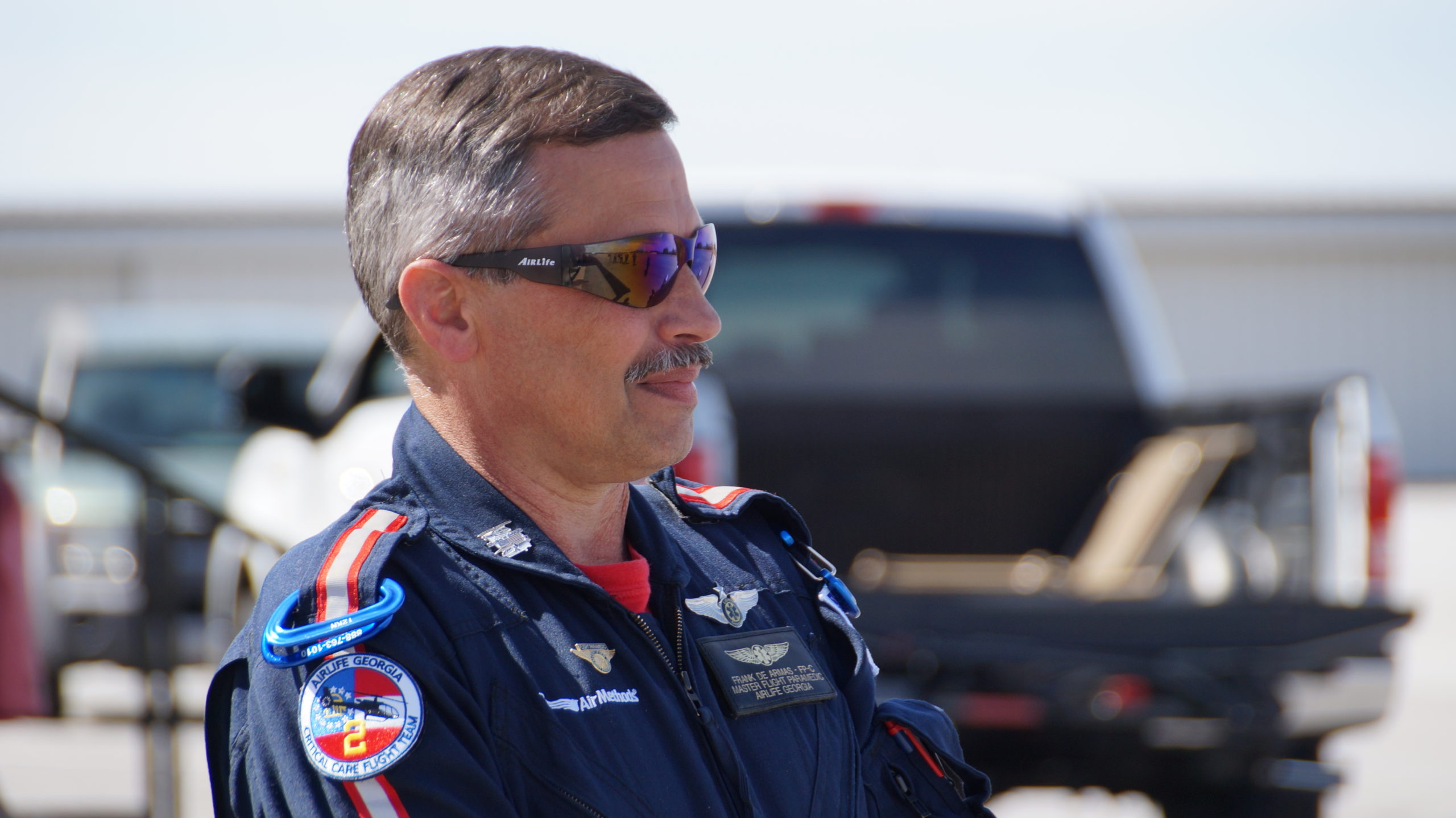
Frank De Armas is described by his colleagues as an “icon in the industry” of Georgia paramedicine. They say De Armas is an encouraging, caring, brave and devoted member of their team, who impacts not only them, but the lives they save every day.
On March 5, Habersham Emergency Services and AirLife paramedics joined together to honor their friend and fellow medic for his 20 years of flight paramedic service. De Armas joined the AirLife paramedic flight team after ten years of paramedic service in White County. He says he was looking for a new challenge– he wanted to learn more. Since he made that change, De Armas estimates that he has over 2,000 flights under his belt.
“I mean, he’s just that guy,” Joe Pardue, AirLife North Georgia area manager said. “If I had 40 [team members] just like him, you wouldn’t need me, my job wouldn’t even exist.”
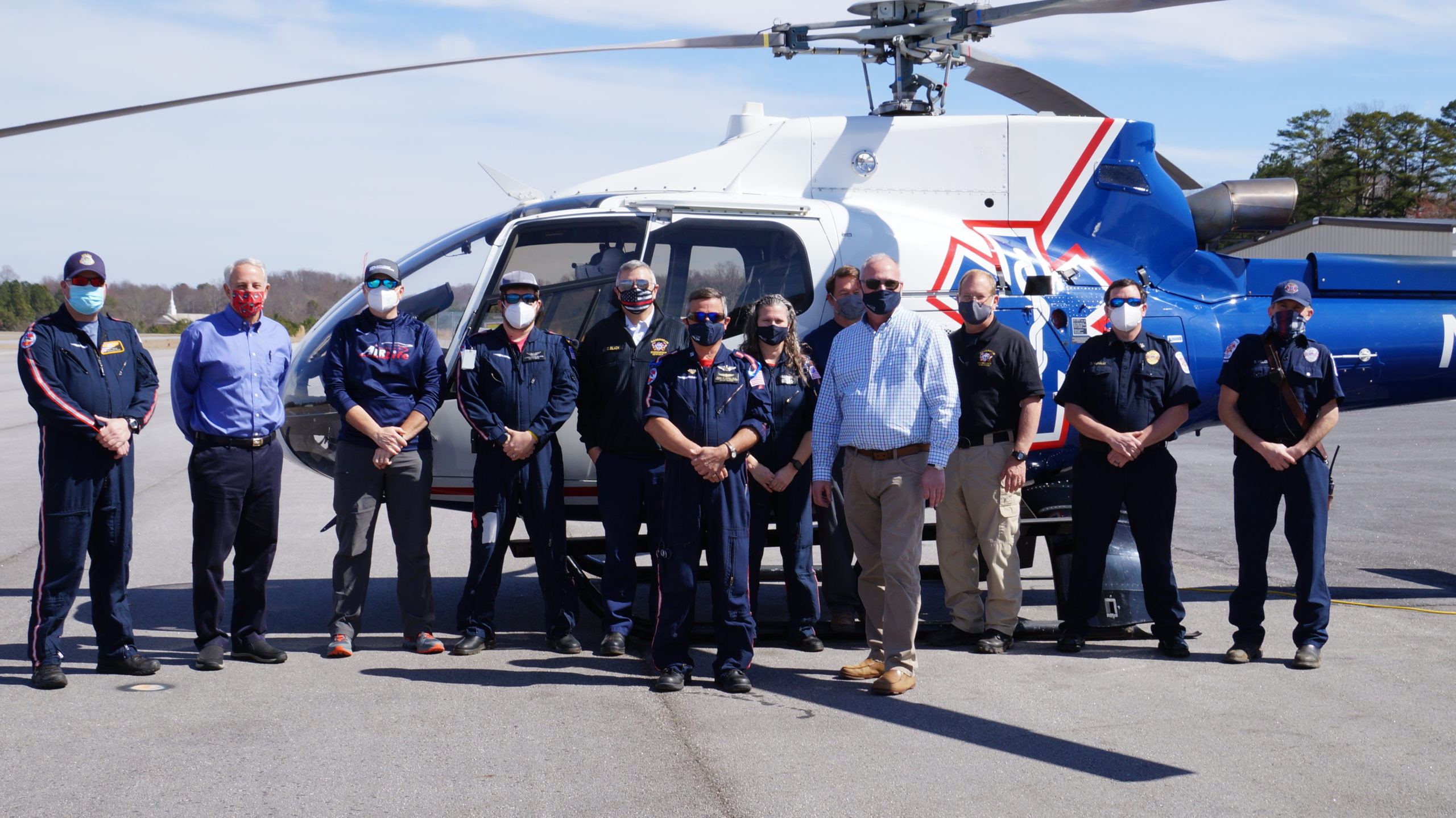
Pardue says that even in the most difficult and traumatic cases De Armas has handled, he has always cared for them with a standard he admires. “Frank’s always impressed me,” he said. “I mean, he’s just rock solid.”
20 years in flight paramedicine isn’t a common occurrence, and with De Armas’s ten years as a paramedic on the ground in his history, his dedication to his community shines through. “He is a unicorn in this industry,” said Habersham Emergency Services Director Chad Black. “I cannot name five people who have retired from this [line of work] on the helicopter. It doesn’t happen.”
Saving lives and supporting each other
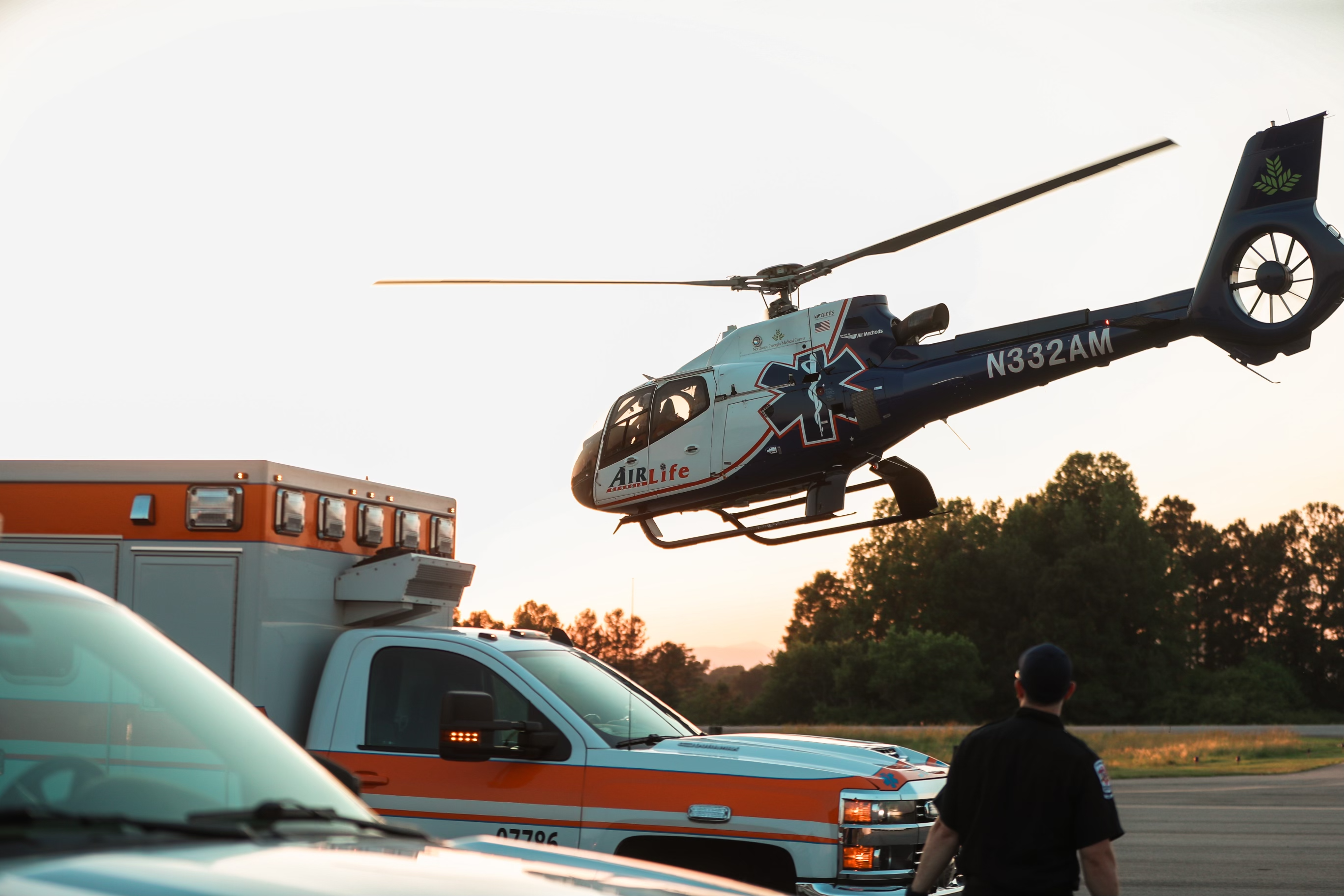
The flights that have changed De Armas’s outlook on his work the most are those involving children. He says that after having children of his own, how he dealt with those emergencies and how he felt about them changed.”[Children] don’t generally have a choice in their emergency– why it happened. So for me, it became a passion,” De Armas says. “It’s [their emergency] done to them, and that just aggravated me more than anything.”
De Armas says that being a father helped him communicate with the parents of those children experiencing traumas, too. “I learned to communicate a lot more with parents on the scenes and try to really let them know that I understood that they were having an emergency, too.”
With those tough calls, or what De Armas calls a “bad call,” he and the rest of his team turn to each other to work through what they’re feeling.
“If we get back and we’ve run what we call a bad call, […] something bad, really sad, tragic, [or a] bad outcome, usually, we talk about it with each other,” De Armas said. “After the call, you can quit being a professional. You can just be a human for a minute– be a dad or whatever you are.”
With all they go through together, De Armas says that the AirLife team feels more like family. “You take care of each other, you watch each other’s backs, you help each other,” he says.
Looking forward
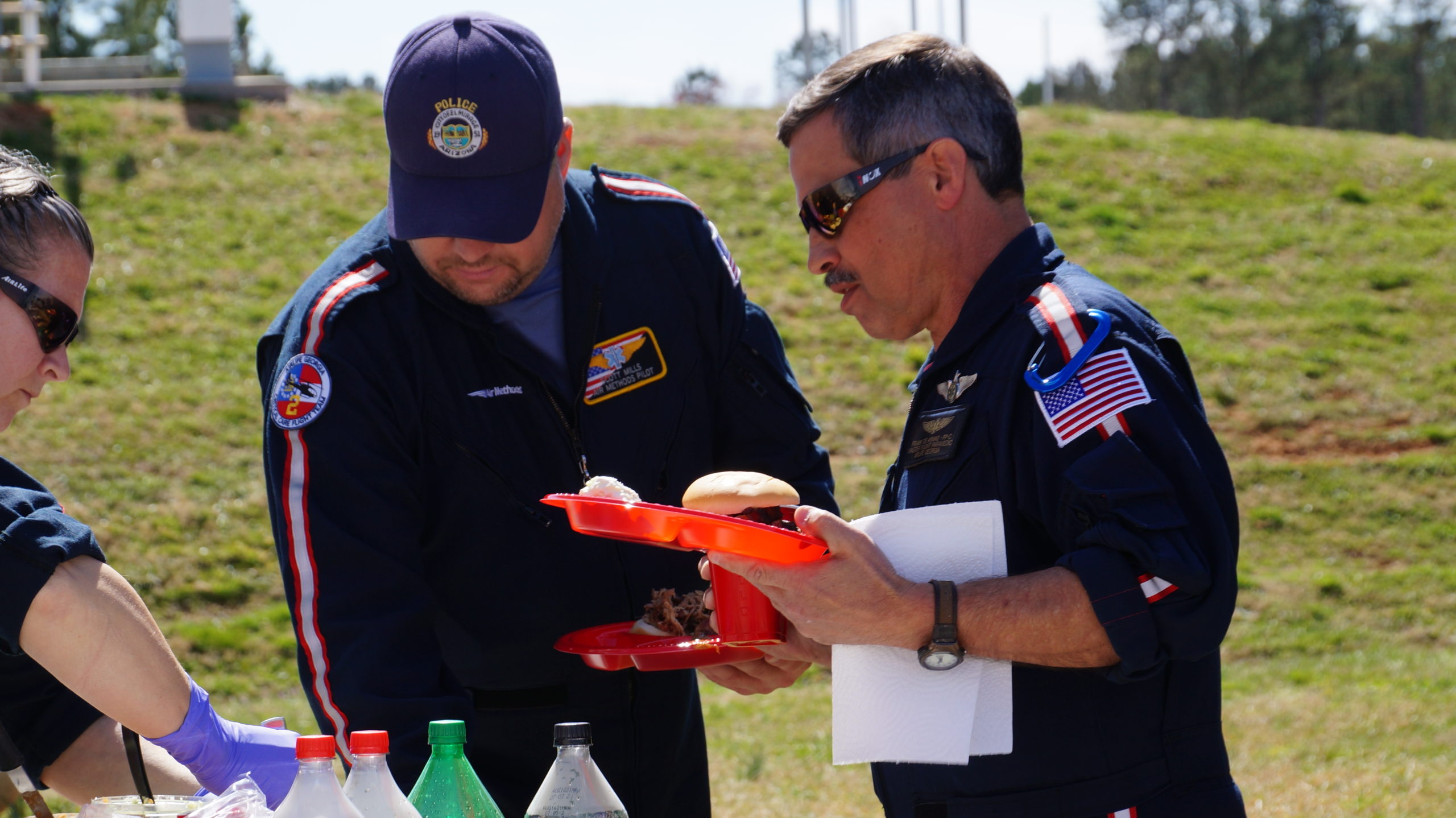
De Armas sees himself continuing his work with AirLife for another five years, after which he thinks it may be time to retire. He wants to learn more in his field and is excited to see the new ways research and technological developments can help others.
“We’re doing stuff now as providers in the critical care environment that we weren’t doing five years ago, and then I look back ten years ago– wow,” De Armas said. “When you look back on a career that long and see that a lot of things have changed because of research and science and all that, I just want to stay on that edge, on that same set. I want to be that guy out there on the front edge and not on the back edge of the county watching from behind.”


